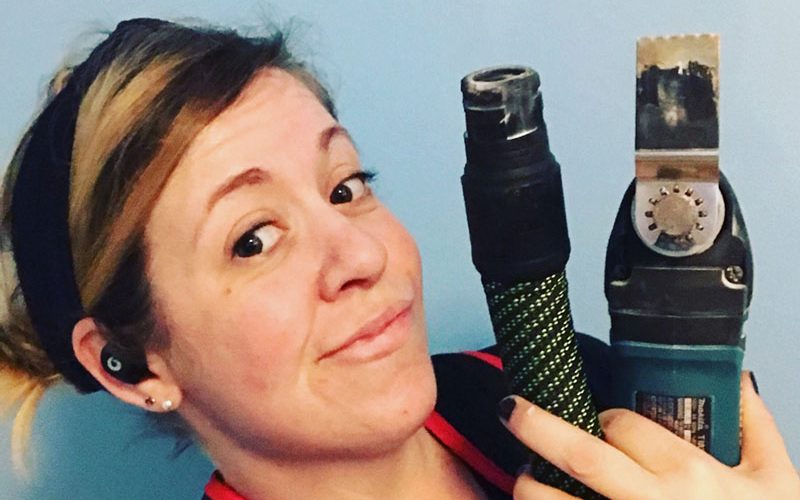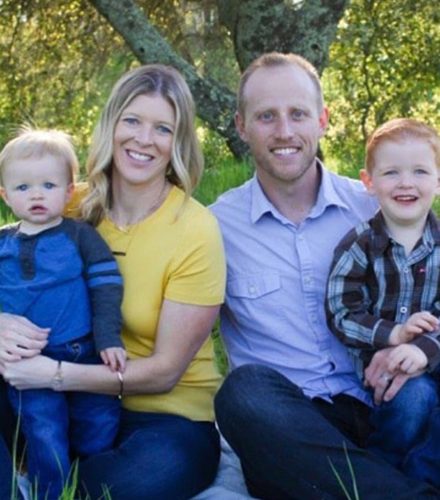Ep.94: Bringing Military Leadership to Construction with Cody Ross
One thing Tim hears frequently in his travels and consulting with remodelers is the desire for fewer layers of management, replaced by more leadership.
One of the best places to learn and develop leadership skills is the U.S. Armed Forces.
Cody Ross served in the U.S. Marine Corps. from April 2005 – December 2014 as a combat engineer, doing everything from infantry to building bridges, and has found his experience translates well to remodeling and construction.
In this episode, Cody talks to Tim and Steve about using military leadership techniques and procedures to positively affect the construction process and to deliver a better client experience.
Cody is the project manager at Irons Brothers Construction Inc., in Shoreline, WA. He’s been with Irons Brothers for four years, and has successfully managed the company’s largest project to date in scope, size, and sale price.
He’s identified five big leadership takeaways from his time in the military that apply to remodeling and construction — organization of the unit, commanders’ intent, small-unit leadership, planning backwards, and the end-of-week stand down. Cory breaks them down and explains how they translate to remodeling projects, including:
- The importance of staying in your lane
- Describing your ideal end state
- Recognizing who’s best suited to make decisions
- Time management techniques
- Streamlining meetings for efficiency
- The importance of contingency planning
- How delegation of authority develops accountability and responsibility
- Handling under-performing trade partners
- Using BAMCIS* for further planning in remodeling
- The five-paragraph order
- And more …
*BAMCIS is a tool that stands for Begin the planning, Arrange for reconnaissance, Make reconnaissance, Complete the plan, Issue the order, and Supervise.












